Sunday, August 17th
We packed a lunch, ran a few errands and off we went to Fort Missoula.
First some info:
“Fort Missoula was established as a permanent military post in 1877 and built in response to requests of local townspeople and settlers for protection in the event of conflict with western Montana Indian tribes. It was intended as a major outpost for the region; however, area residents also were quite aware of the payroll, contracts, and employment opportunities Fort Missoula would provide. Fort Missoula never had walls; rather, it was an "open fort," a design common for posts located west of the Mississippi. Open forts required troops to take the offensive and actively patrol the areas to which they were assigned.
Construction had barely begun when the Company Commander, Captain Charles Rawn, received orders to halt the advance of a group of non-treaty Nez Perce Indians. The Nez Perce, led by Chiefs Joseph, Looking Glass and others, simply went around the soldiers' hastily-constructed earth and log barricade in Lolo Canyon (later called "Fort Fizzle") and escaped up the Bitterroot Valley.
The black 25th Infantry arrived at Fort Missoula in May 1888. See 25th Infantry to learn more.
The efforts of Congressman Joseph Dixon of Missoula led to the appropriation of $1 million in 1904 to remodel Fort Missoula. A modern complex of concrete buildings with red tile roofs was constructed between 1908 and 1914, including a new Officer's Row, barracks, and Post Hospital.
The fort was used as a military training center during World War I, but was almost abandoned by 1921. However, it was designated as the Northwest Regional Headquarters for the Civilian Conservation Corps in 1933.
Fort Missoula was turned over to the Department of Immigration and Naturalization in 1941 for use as an alien detention center for non-military Italian and Japanese-American men. See Alien Detention for more information.
The camp was used as a prison for military personnel accused of military crimes and other personnel awaiting court-martial following World War II. After the post was decommissioned in 1947, many of the buildings were sold, dismantled, and removed from the site. The majority of the land is now in the hands of non-military agencies, including the U.S. Forest Service, the Bureau of Land Management, and Missoula County (including the Historical Museum at Fort Missoula).”
More can be found here: http://www.fortmissoulamuseum.org/index.php
The museum did not open until noon but the grounds were open. We picked up a brochure and did the walking tour.
This was the non commissioned officers' building in 1878. It is the oldest Fort structure on the Museum grounds and one of the three original Fort buildings still standing. The duplex housed noncommissioned officers, civilian employees and regular Army personnel from 1877-1947. It passed into private ownership after 1947 and was being dismantled when it was discovered to be an original Fort building. It was donated to the Museum in 2007 by the Western Montana Ghost Town Preservation Society.
This carriage house was used to store a buggy and tack for families living in the NCO Quarters. It was sold and removed from the Fort in 1958, but was returned to its original location in 1974. It is one of the three original Fort Missoula buildings still standing.
This is the Homestead Cabin and Barn. It was once located on the Patrick Hayes homestead east of Missoula in the Potomac Valley. It was donated to the Museum by the Hayes family and moved in 1974. It is restored to circa 1920 and is now being used for educational programs.
I did take some inside pictures but they did not come out very well.
Views of the parade grounds:
Parade Grounds in front and Quartermaster’s Storehouse in the background. It was built in 1911 to store a variety of supplies for the post. It is now the main museum.
This one room school house was once located north of Missoula in the lower Grant Creek drainage, a farming area that it served until 1937. The structure has been restored to its 1920s appearance.
This church was constructed at Hell Gate Ronde (about 4 miles west of Missoula) by Jesuits from the St. Ignatius Mission. When an 1873 survey disclosed that the Jesuits and a local farmer claimed the same land, the church was moved by wagon to Missoula. It stood on the grounds of St. Patrick Hospital until it was returned to the site of the old Hell Gate in 1962. The Friends of the Historical Museum moved the church to the Museum grounds to interpret the history of the region’s religious development.
Fort Missoula also served as a detention center from 1941 to 1944.
This structure is one of the wood barracks constructed by Italian civilian internees detained in Fort Missoula. After the war’s end, the building was moved to the University of Montana for use as a storage facility.
Inside the building were exhibits and information on it’s use as an internment camp.
We have been learning about the Japanese interment camps but did not know about the detaining of the Italians and Germans during this time.
Imagine working on a cruise liner, war breaks out, and now you are in Montana in a “camp”!
No women were detained here and the average age was 60 years old – just boggles the mind, doesn’t it!
And the saddest of all:
We continued our walk to the Depot:
There were quite a bit of exhibits in the depot on the railroad history of Missoula and Montana.
Inside looking up:
Those are some of the highlights from the outside walking tour. There was so much here on the grounds – the Historical Society has done a great job.
We had lunch by the Quartermaster’s Storehouse and then headed into the Museum where we first watched a movie on the history of Fort Missoula – good movie.
The Museum was divided into two sections: Fort Missoula on one side and the history of the Missoula area and western Montana on the other side.
On the Fort Missoula side, the exhibits went into a little more detail than the outside museum. On the Missoula area side, the exhibits started from the Native Americans to present with many exhibits and artifacts.
I just love this piano:
Upstairs they had a traveling exhibit of the photographers in the Missoula area – from early 1900 through 1950’s. Great photos!
What a great place to spend the day.
--
Our friends, Frank and Gloria, pulled into the campground late afternoon and we had a great time getting caught up with each other. Always nice to see good friends and have our paths cross.
----------
Monday, 18th
This morning we said our goodbyes to Frank and Gloria as they continue their travels. Also a couple from Pennsylvania who we met in Thermopolis were here (I am so sorry that I forgot their names). So we touched base on where we both were since we saw each other. Hopefully our paths will cross again in Glacier.
Then we just “putsied” the rest of the day.
Tomorrow we are heading to the National Bison Range so stay tuned and enjoy today.
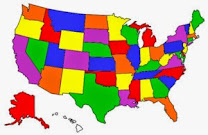


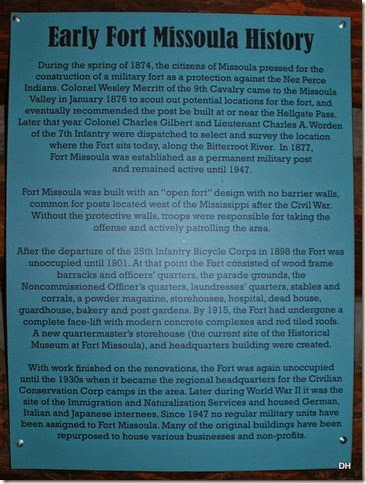
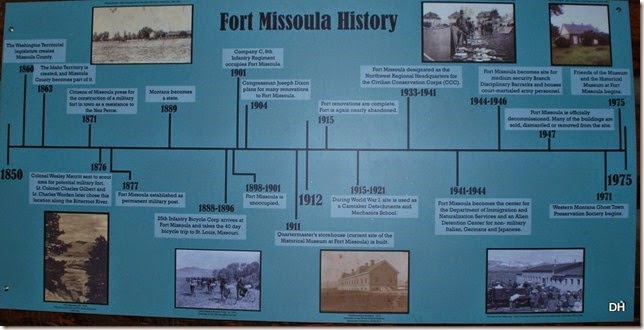

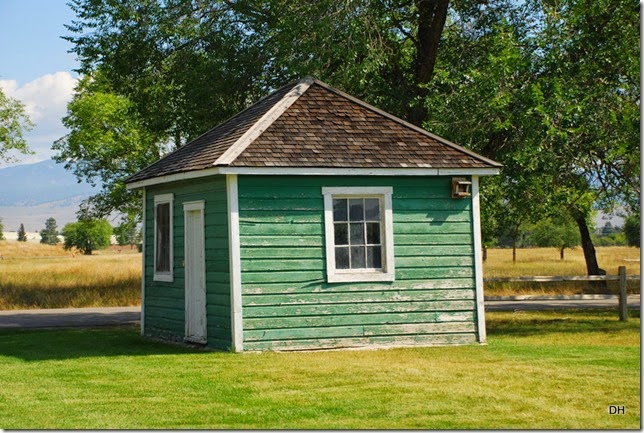

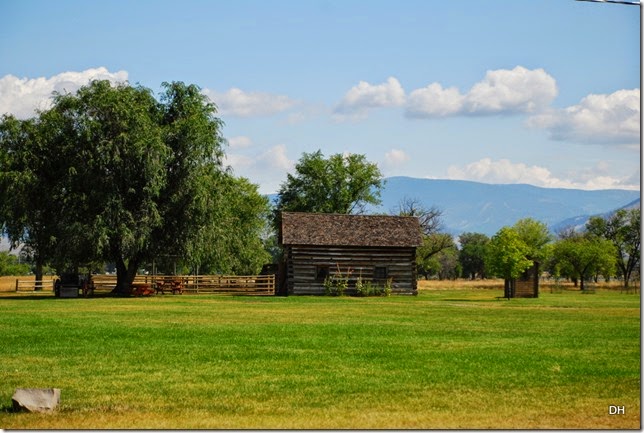
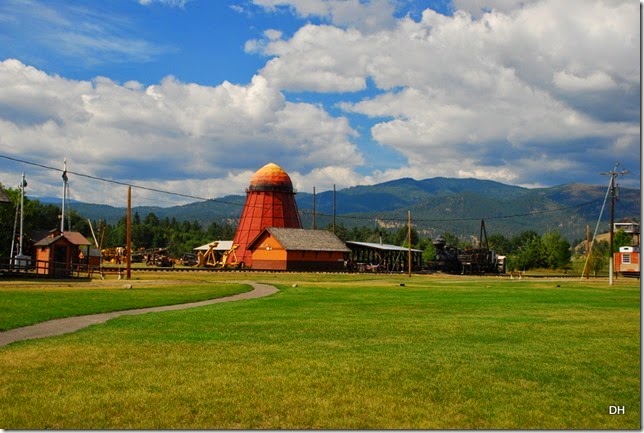
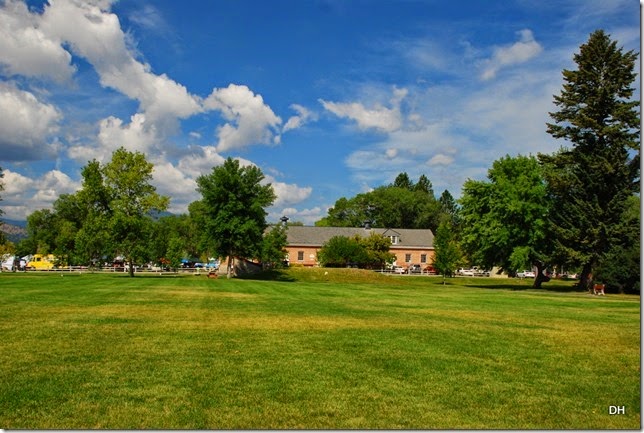
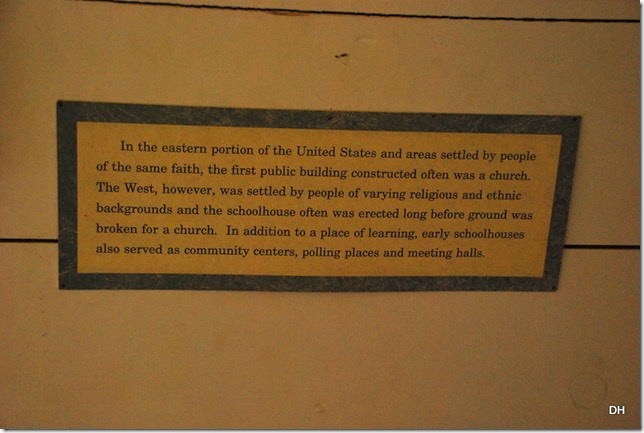
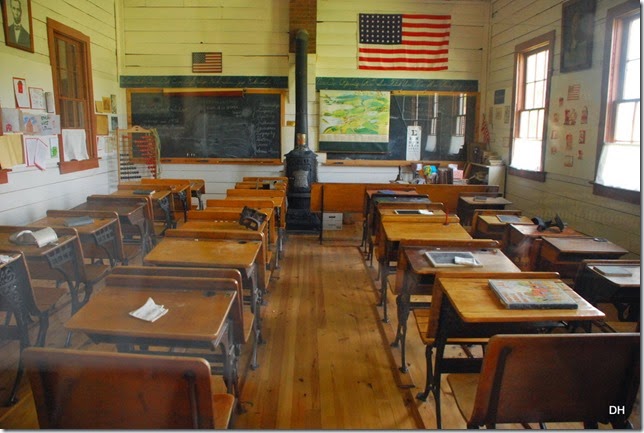
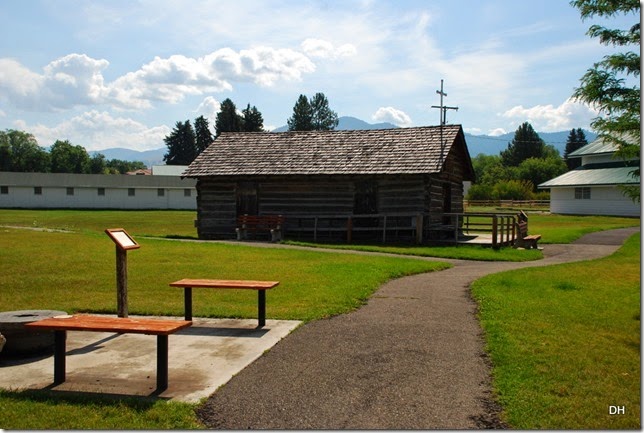
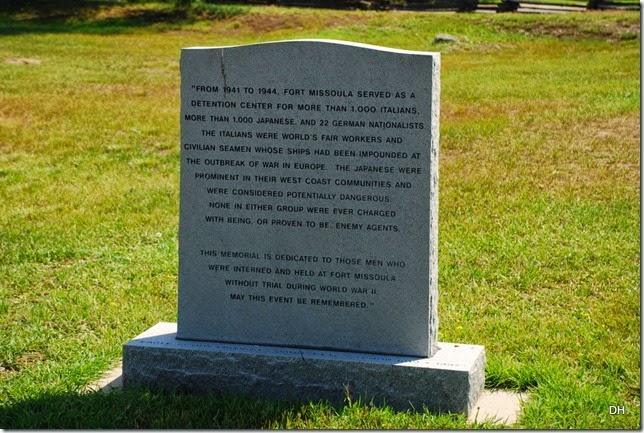

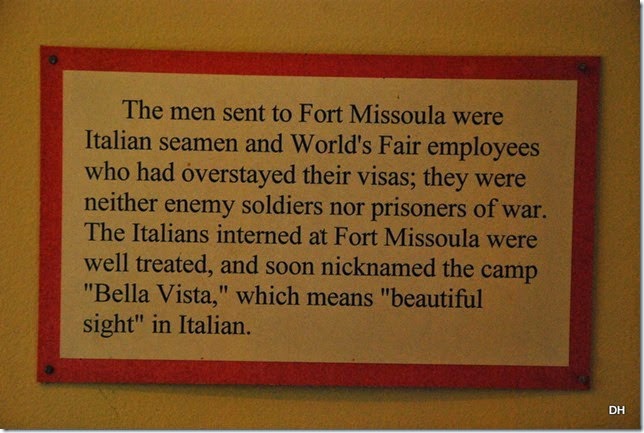
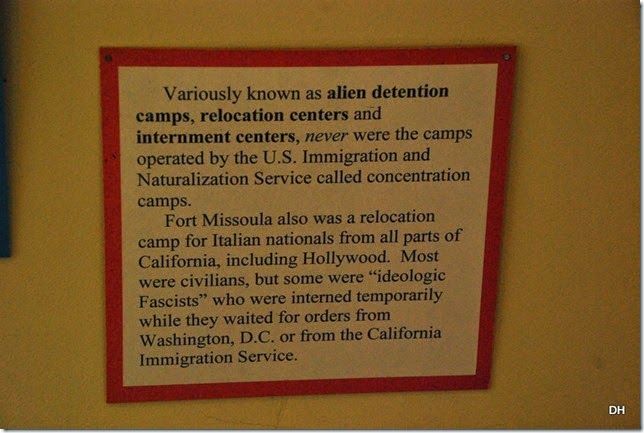
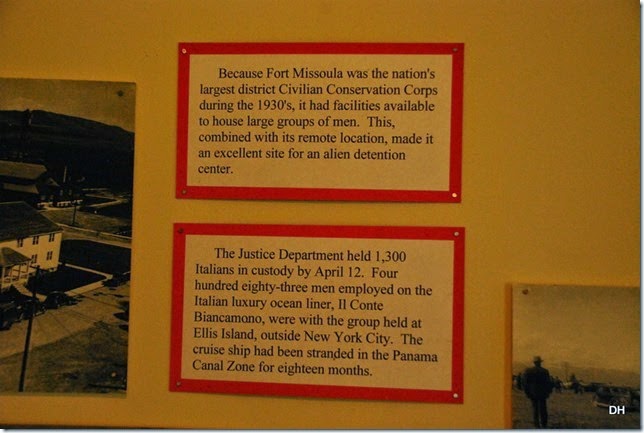
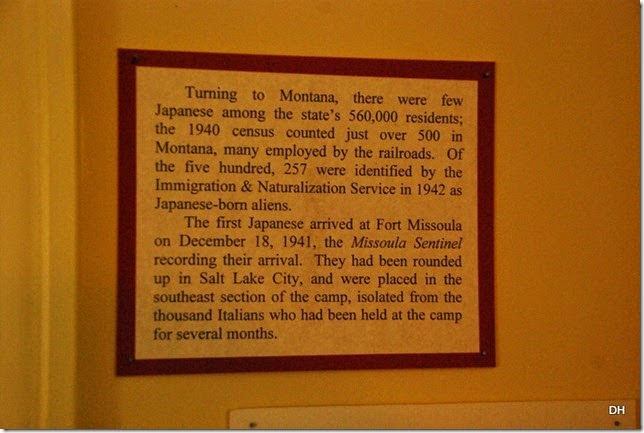


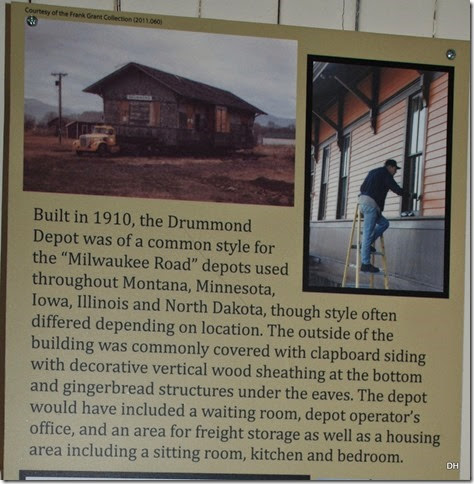
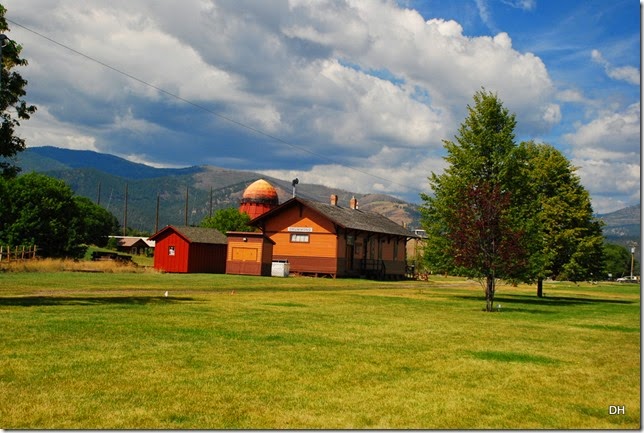
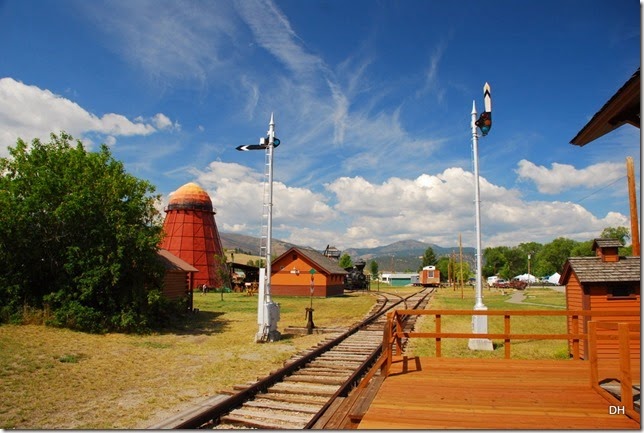
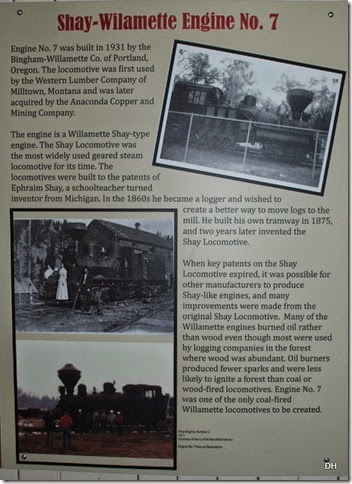
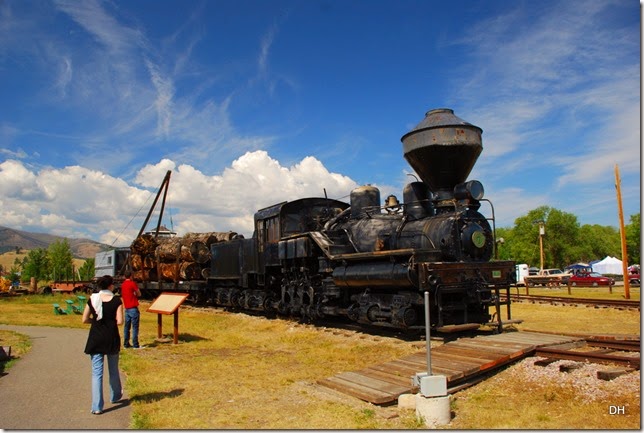
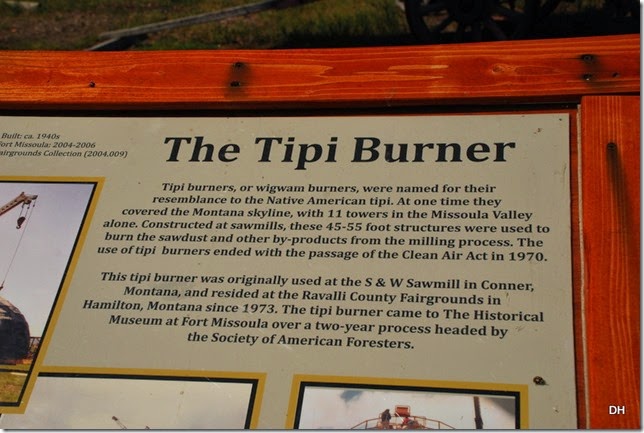
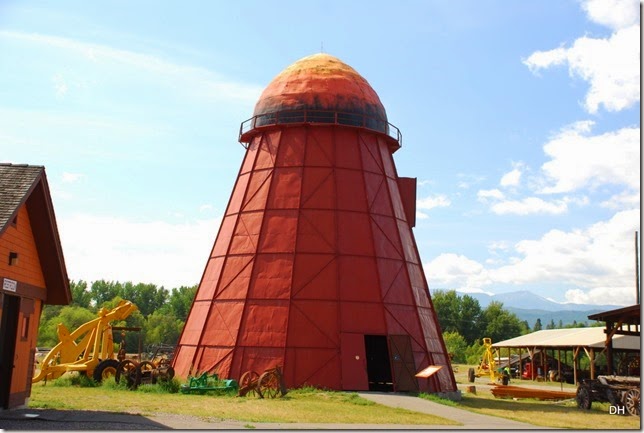
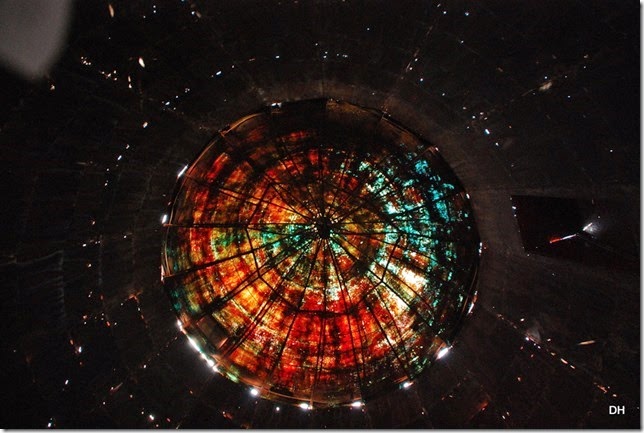
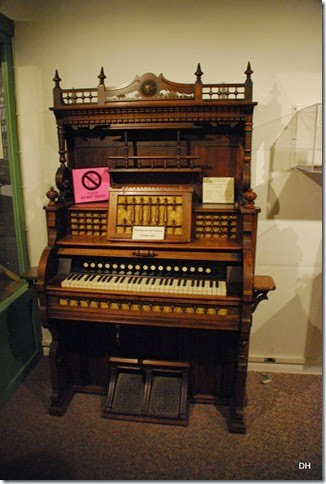
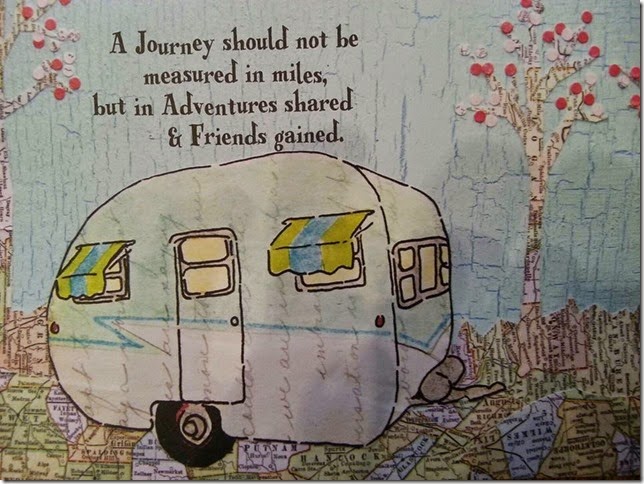


No comments:
Post a Comment